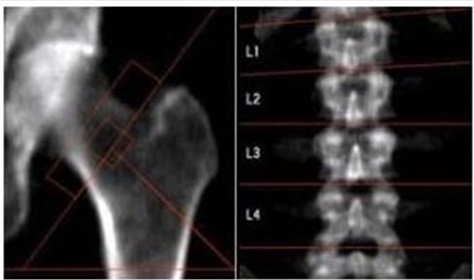
Bone Health
Osteoporosis, which means "porous bones", is a condition that causes bones to gradually thin and weaken, leaving them susceptible to fractures. Although all bones can be affected by the disease, those of the spine, hip and wrist are most likely to break. Spine and hip fractures are more dangerous as patients become bed ridden and develop lung infections and clots in their legs. Women are more susceptible because their bones tend to be lighter and less dense. Moreover, hormonal changes after menopause accelerate bone loss and make it weaker
What are the treatments- Calcium and Vitamin D
- Weight bearing Exercise
- Medications
- Calcium and Vitamin D supplementation is the cornerstone of treatment
Osteoporosis and Osteomalacia (which causes bones to soften) are common bone diseases that endocrinologists diagnose and treat. Osteoporosis is a disease that weakens your skeleton. Certain hormones like estrogen act to protect bone tissue. When hormone levels are abnormal or low, bones can lose calcium and gradually weaken. Menopause in women and loss of testicular function in men and aging may put you at risk for fractures. Endocrinologists treat other disorders that can affect bones such as metabolic bone disease, too much parathyroid hormone and bone issues secondary to long term use of steroids like prednisolone .
Hormonal imbalances can be caused by genetic or environmental factors. For example, a person may be born with a genetic feature that affects hormone production, or they may develop a disease that changes hormone activity. Endocrine-disrupting chemicals, which are present in the air, soil, water supply, and manufactured products, can also affect hormone function.



